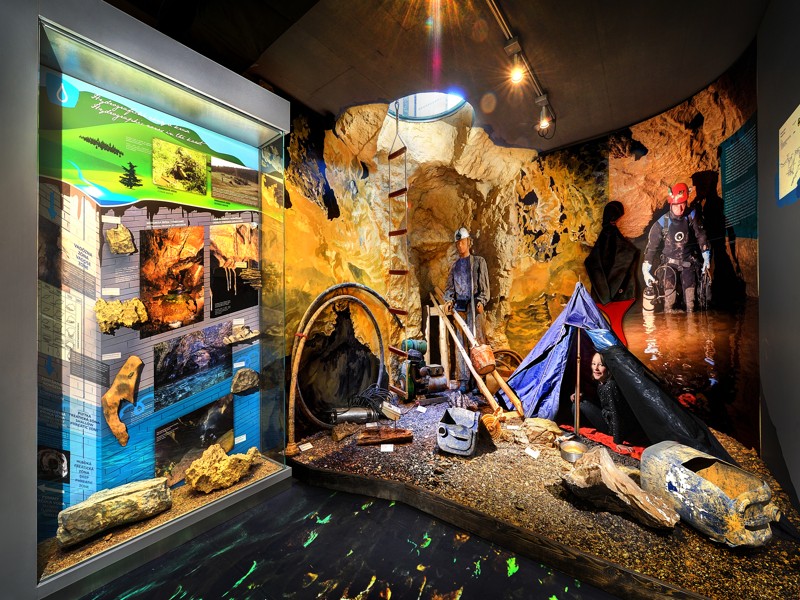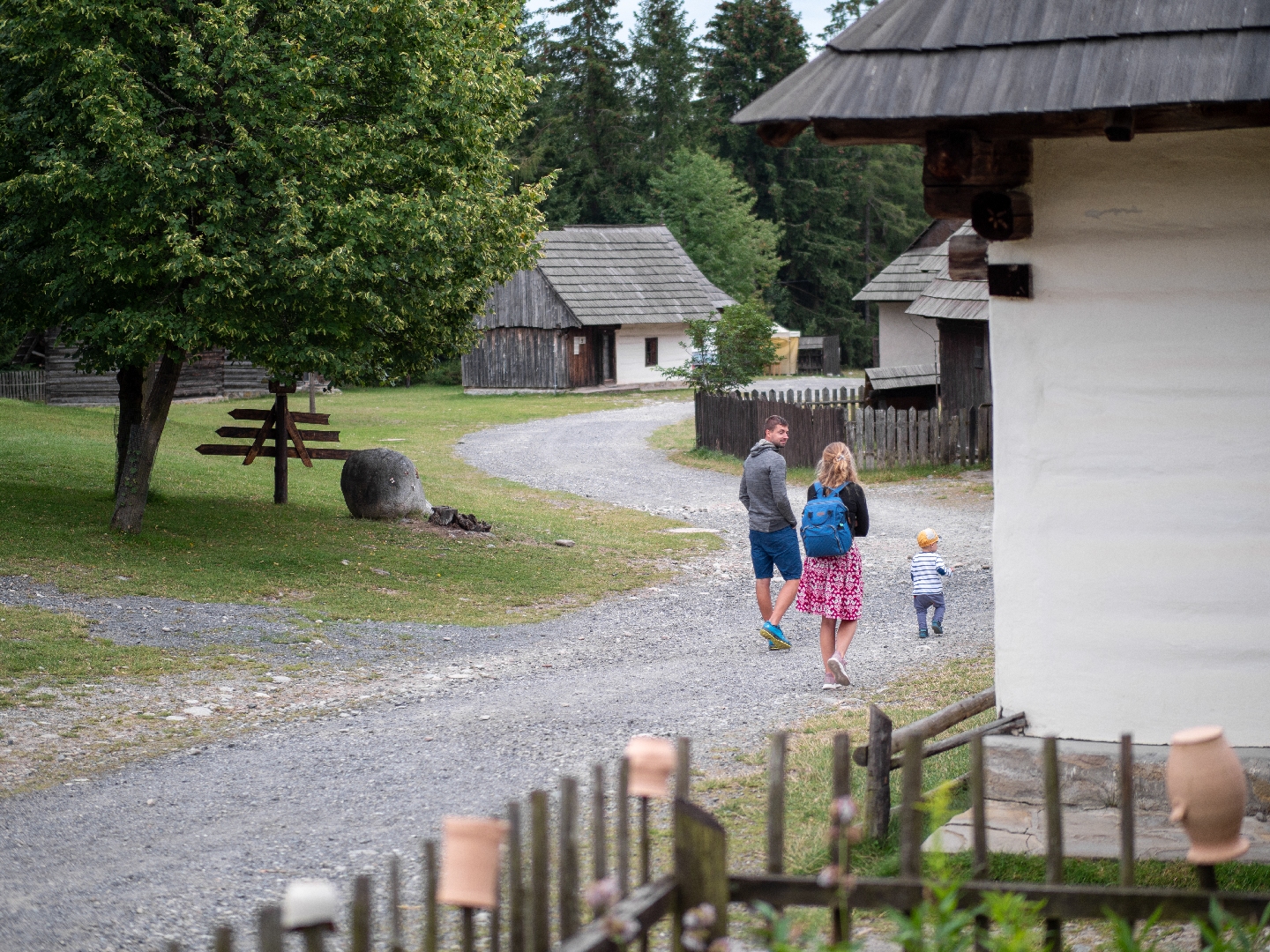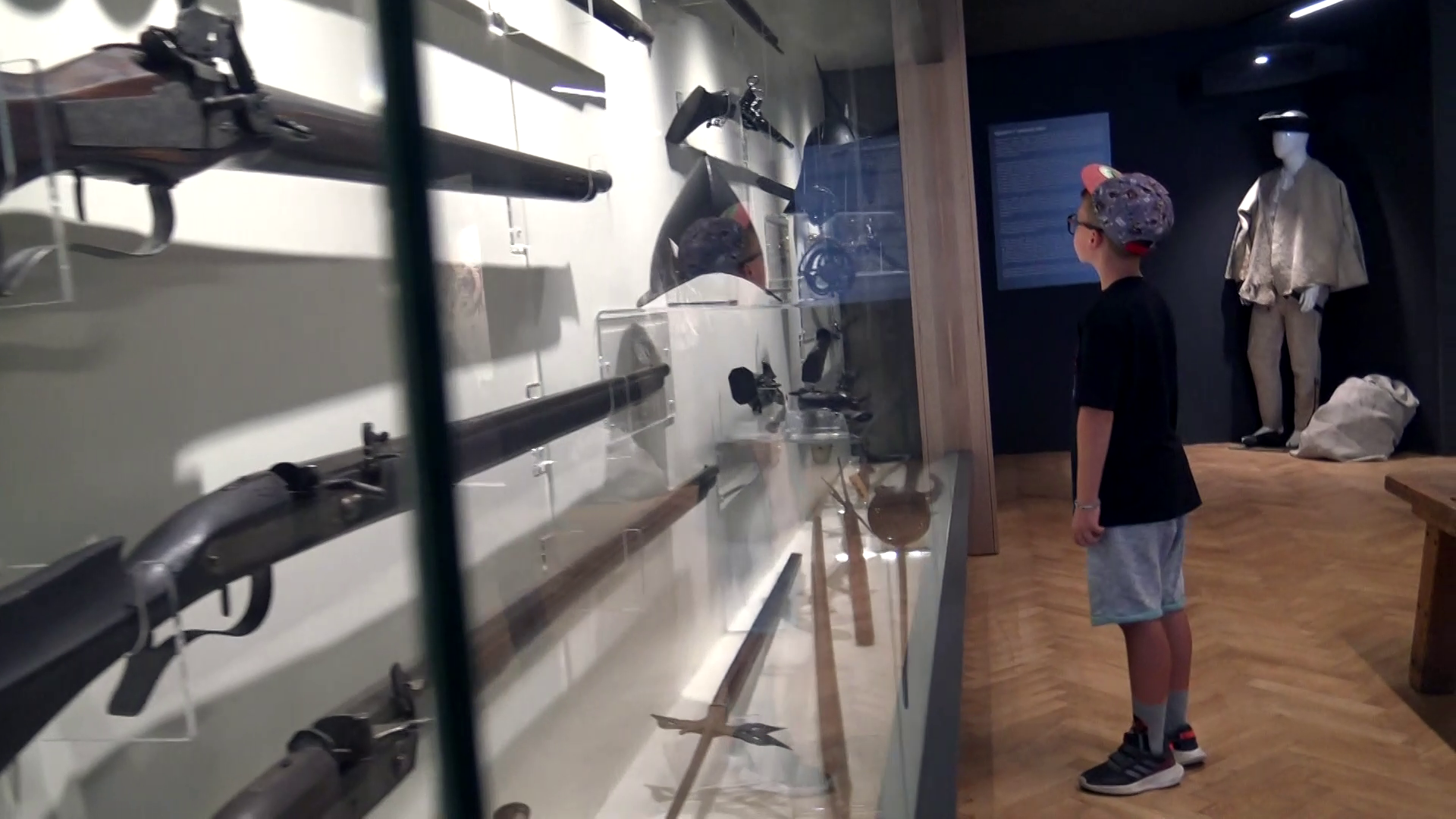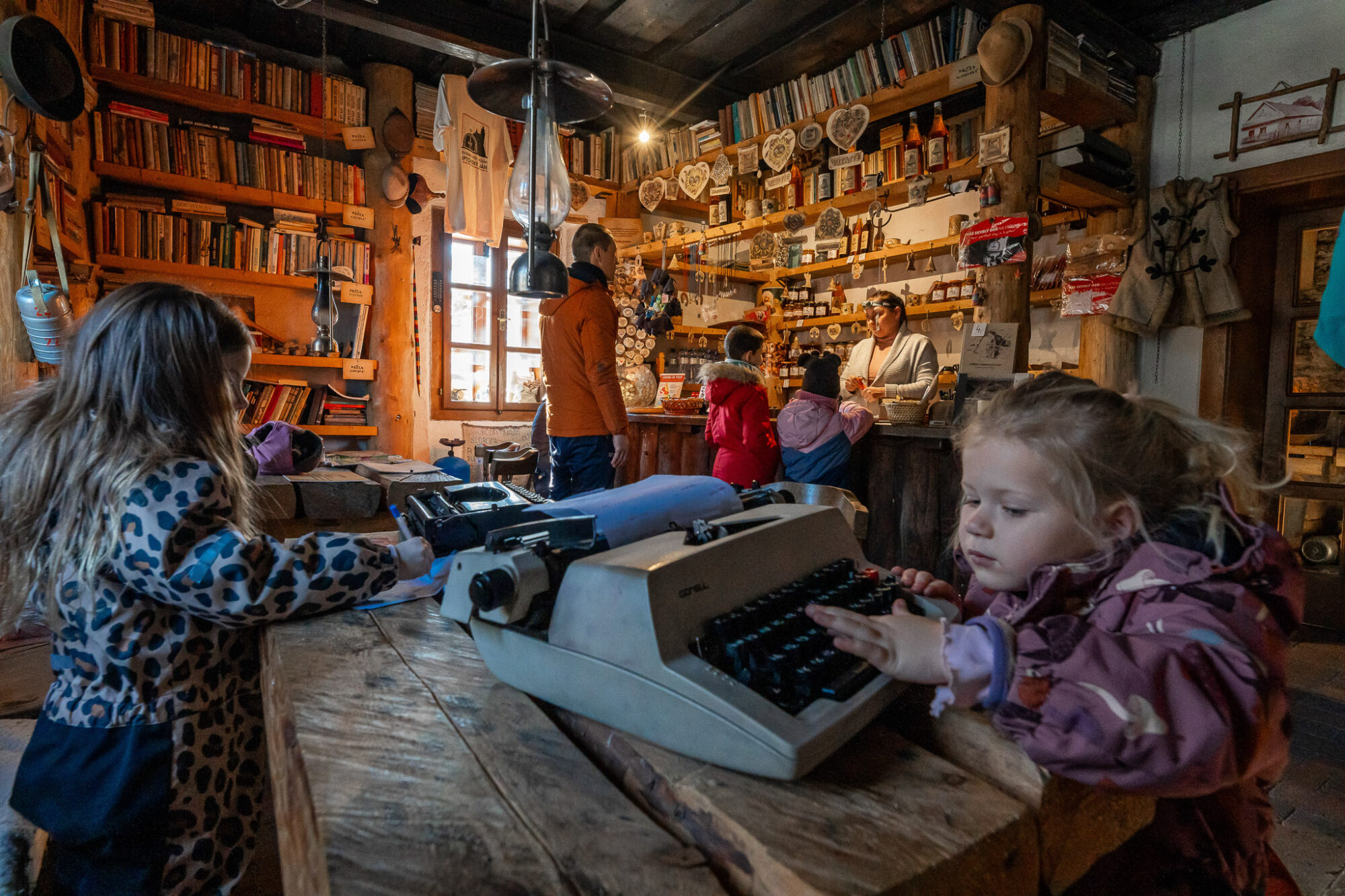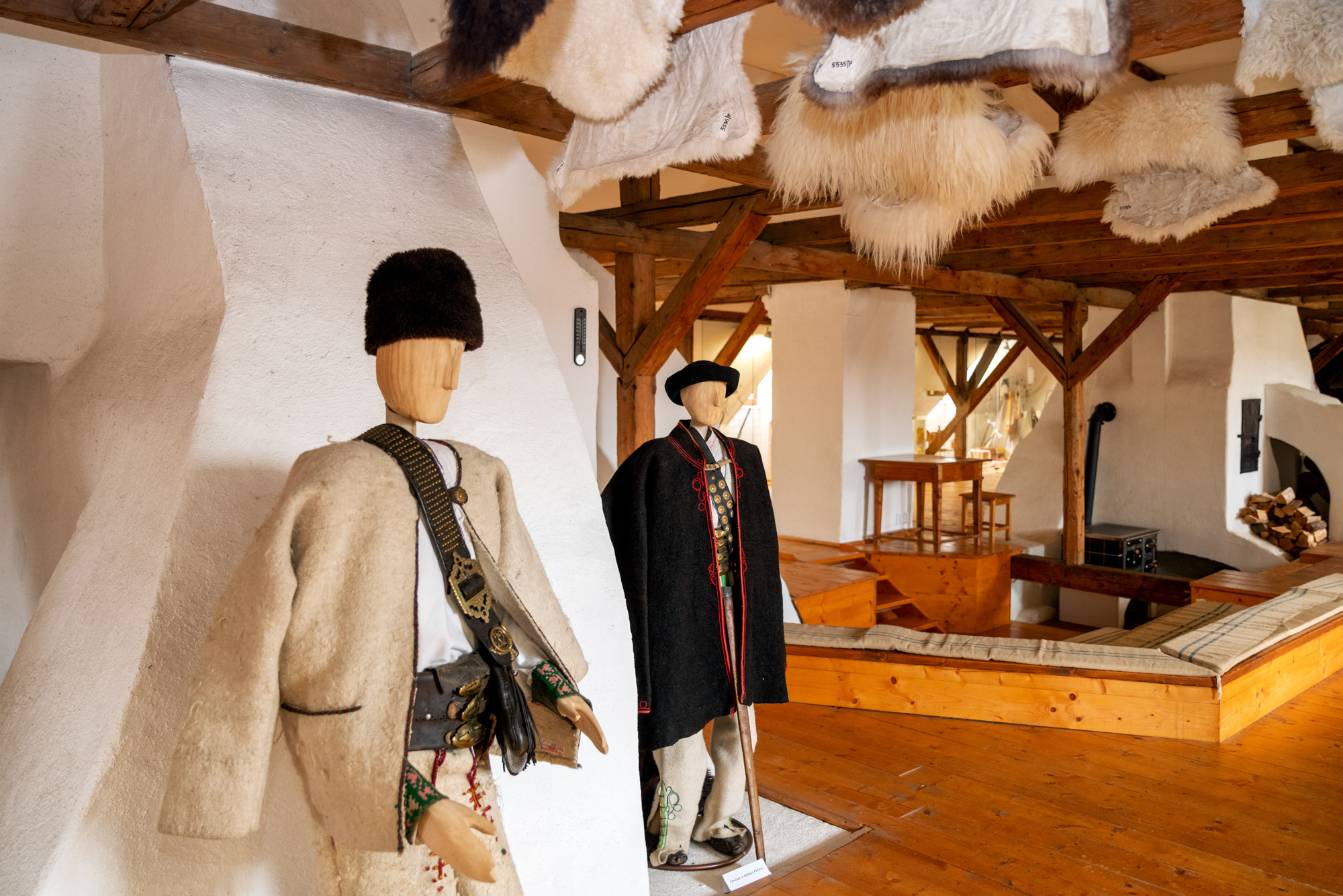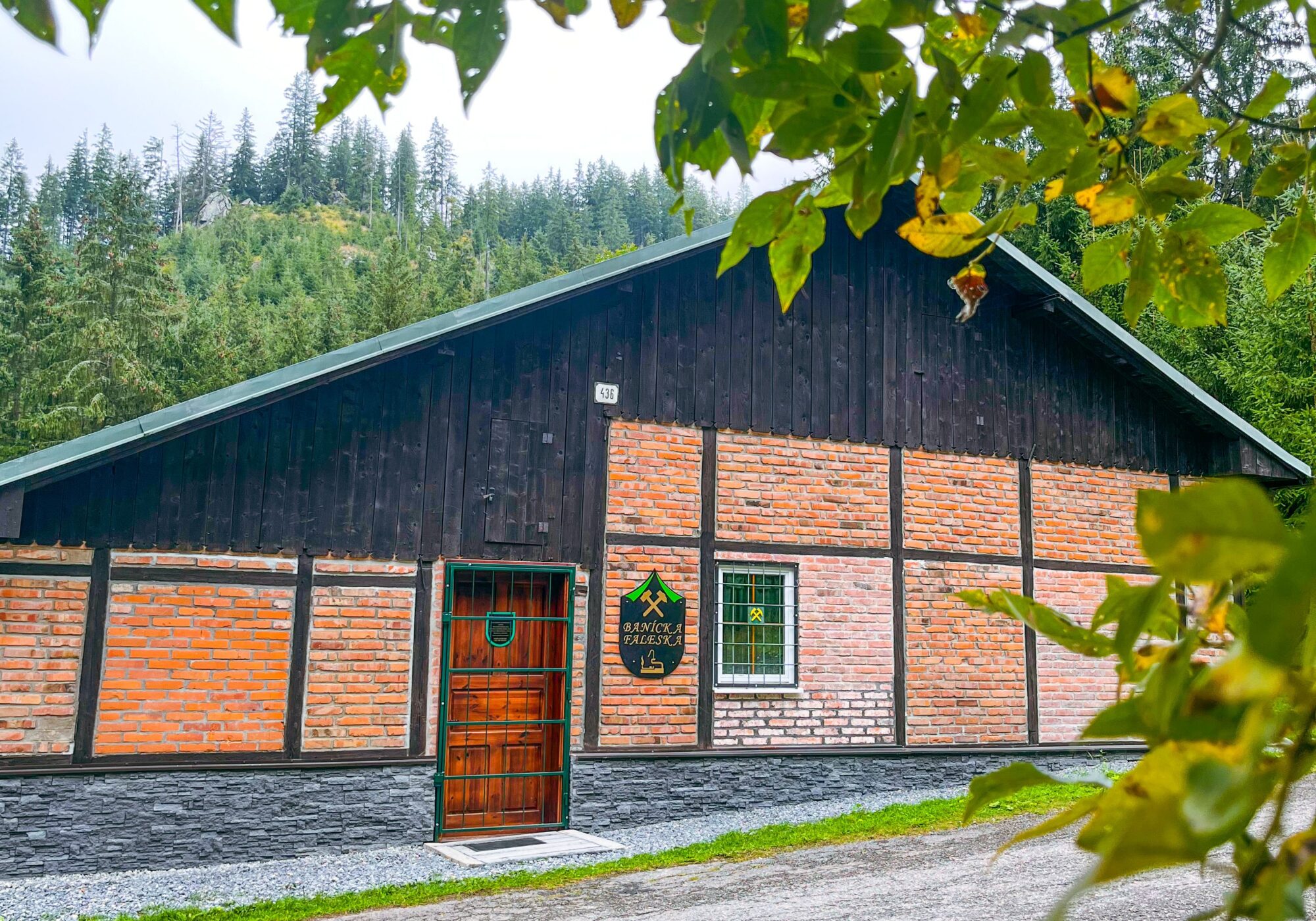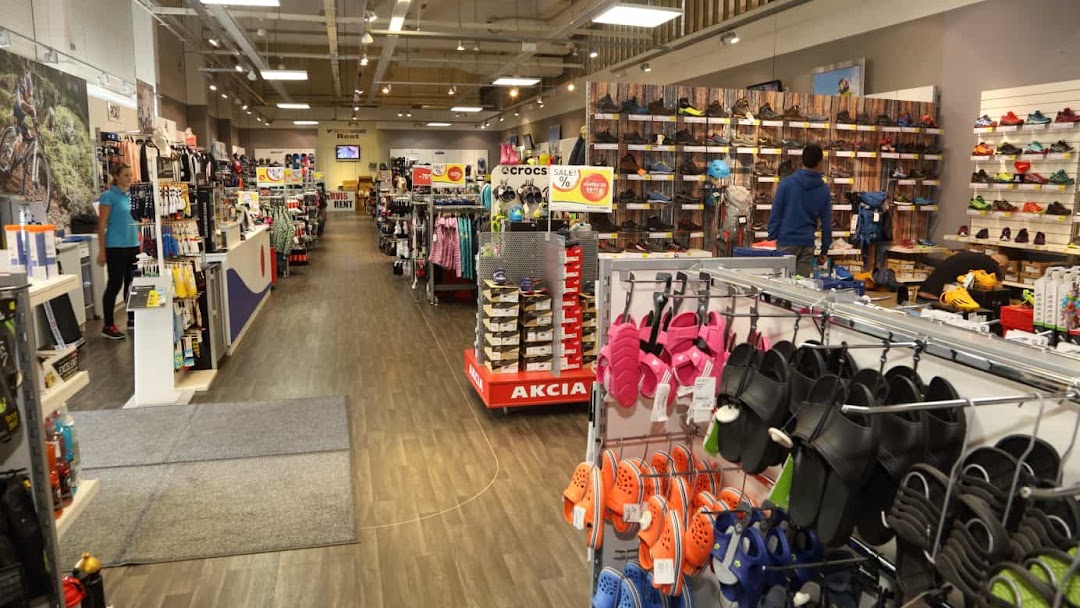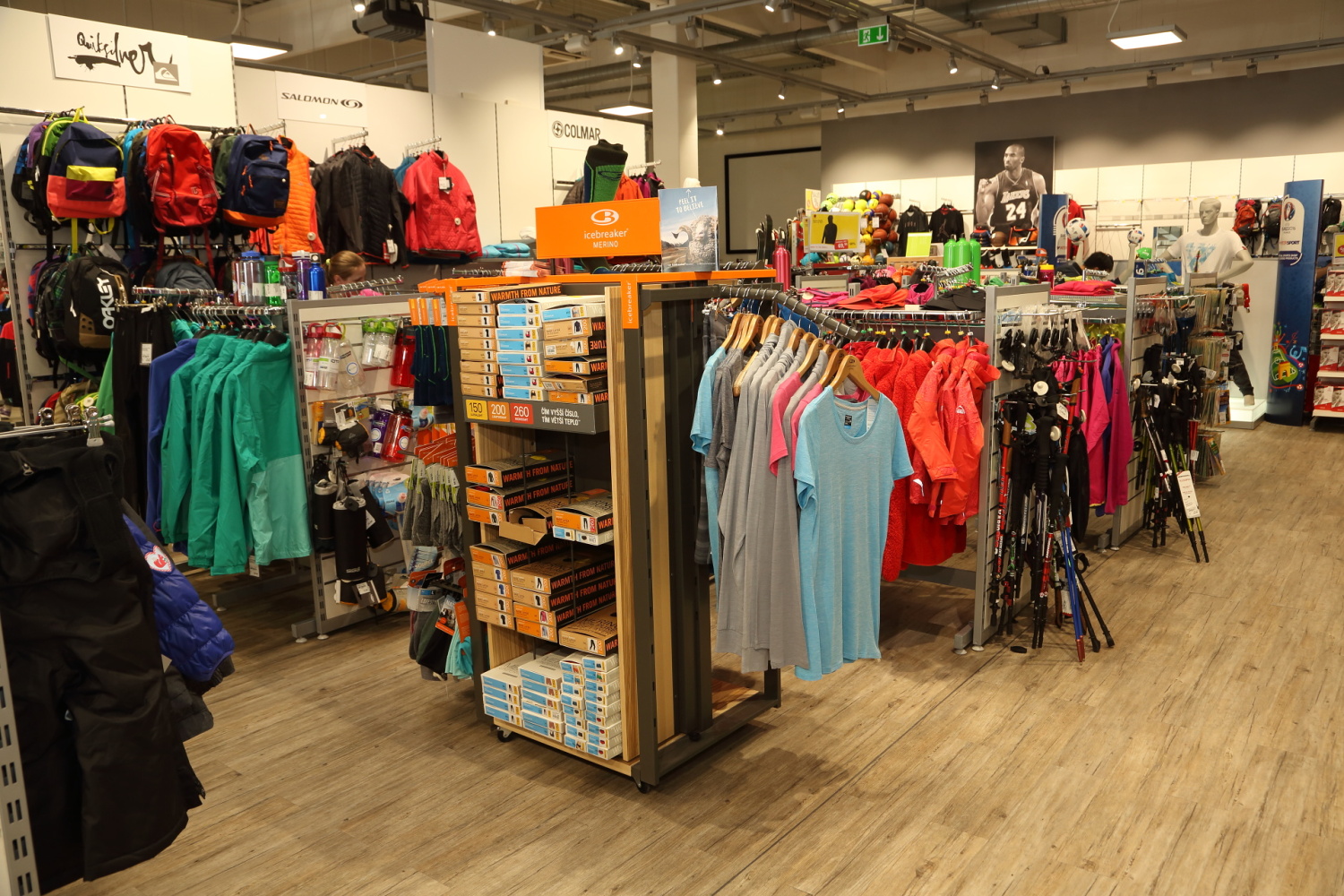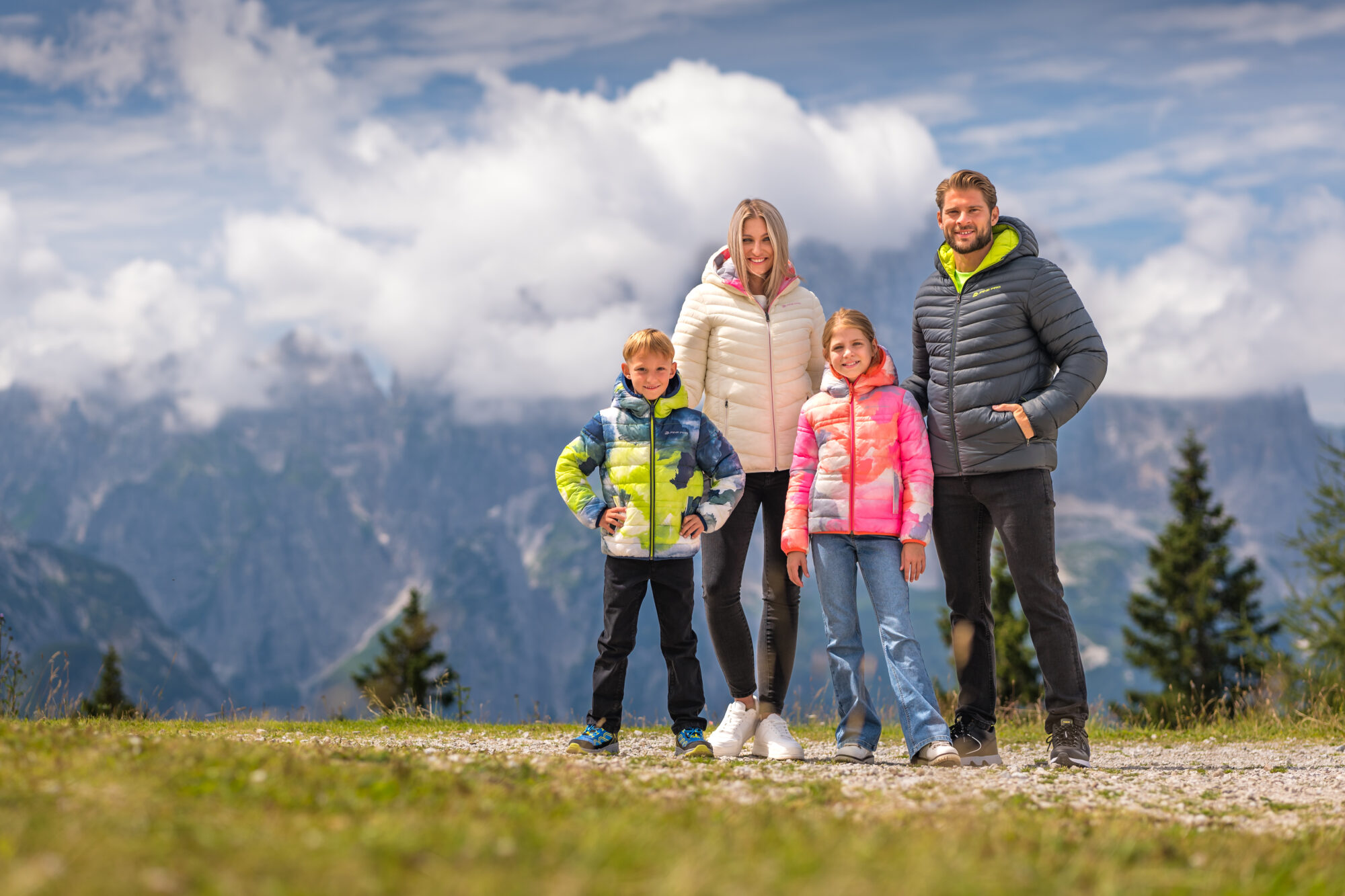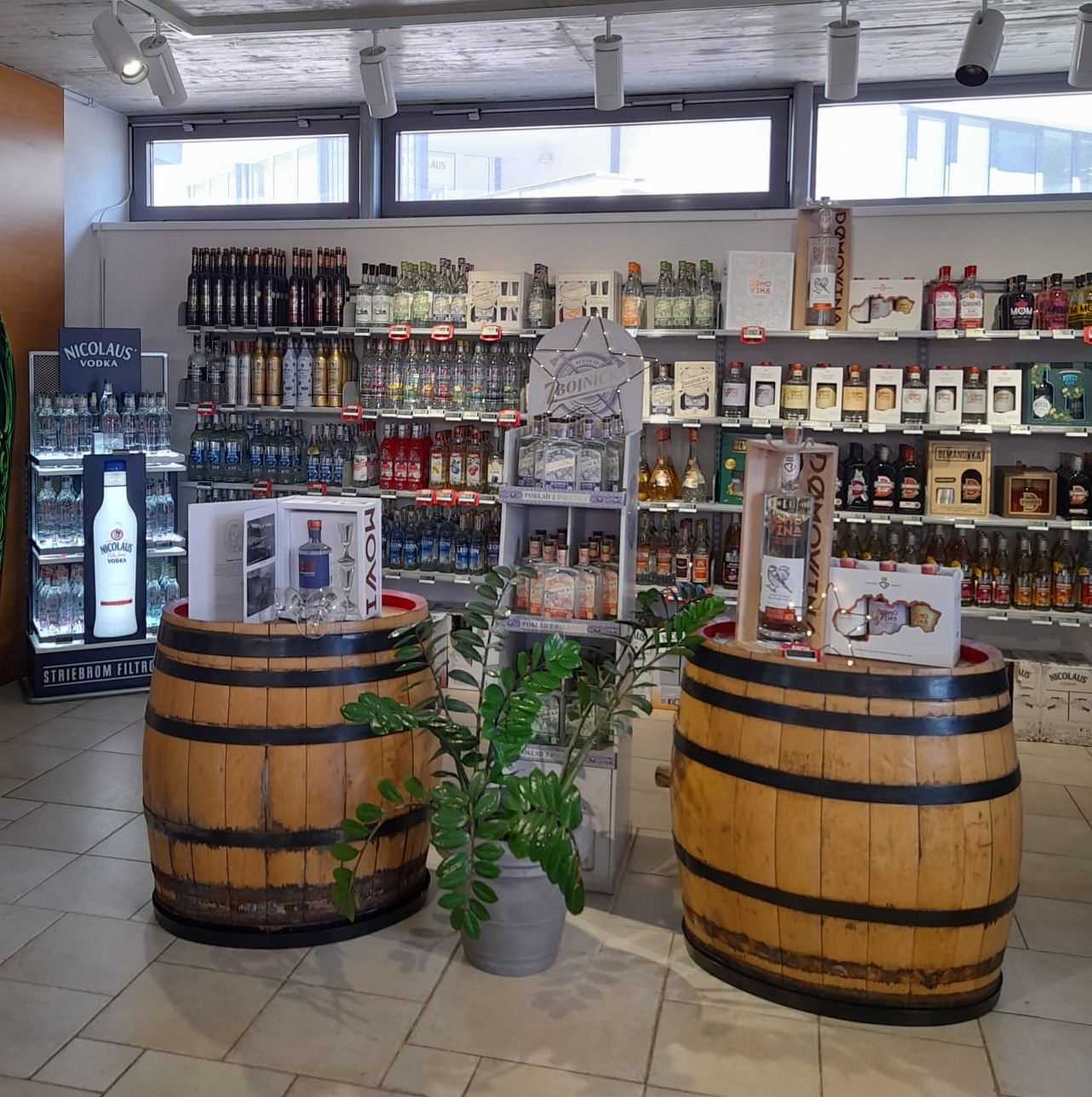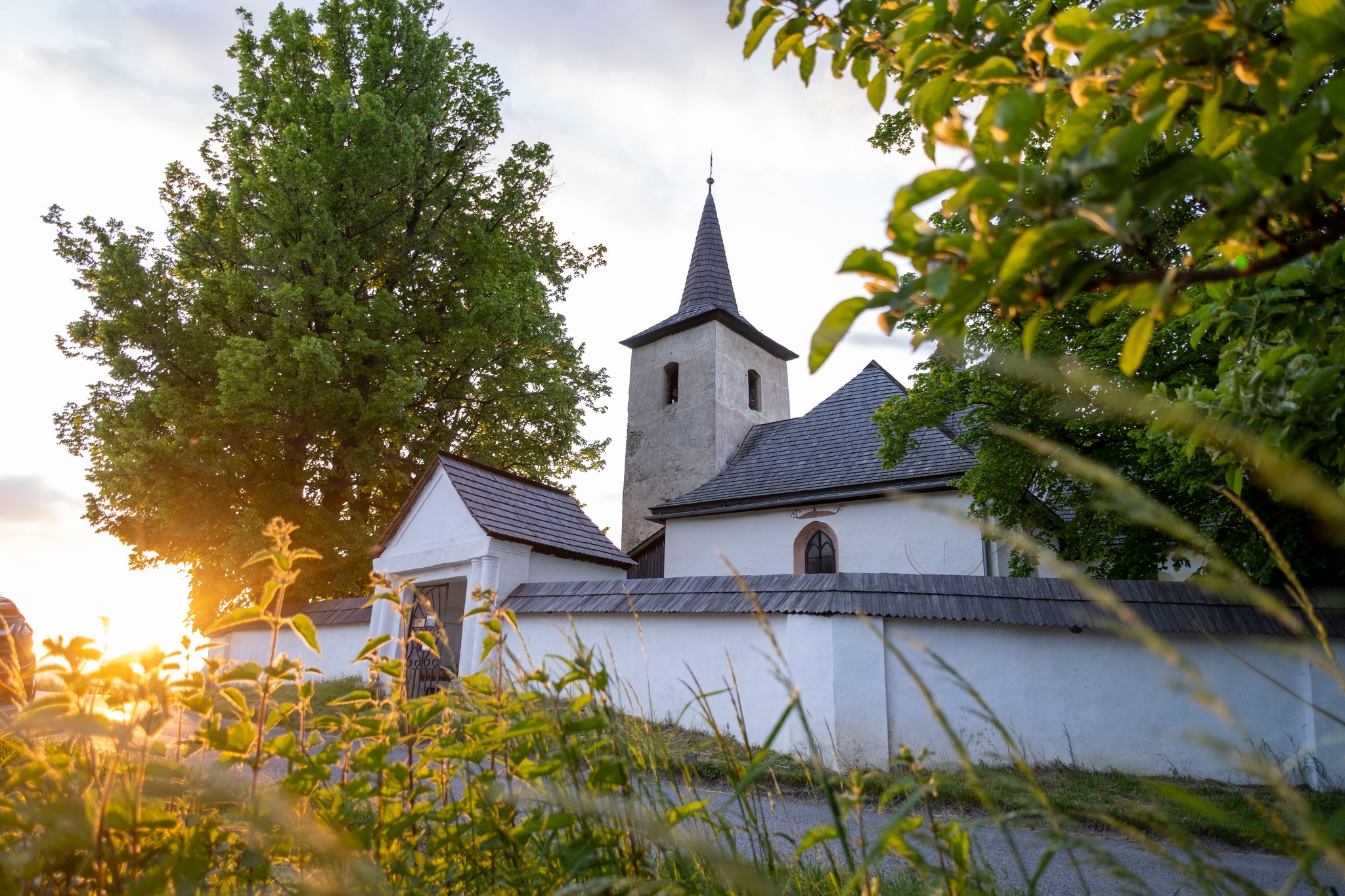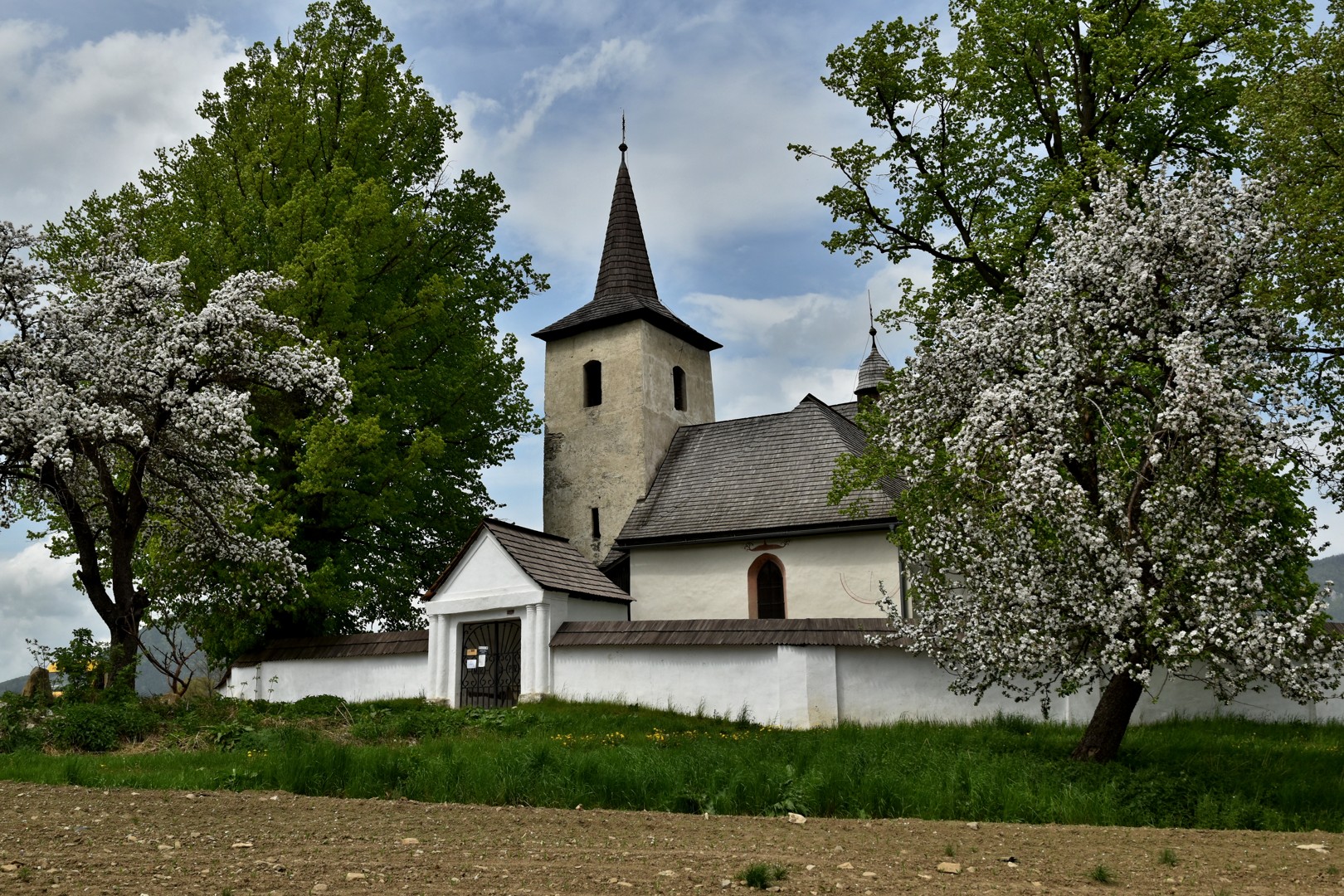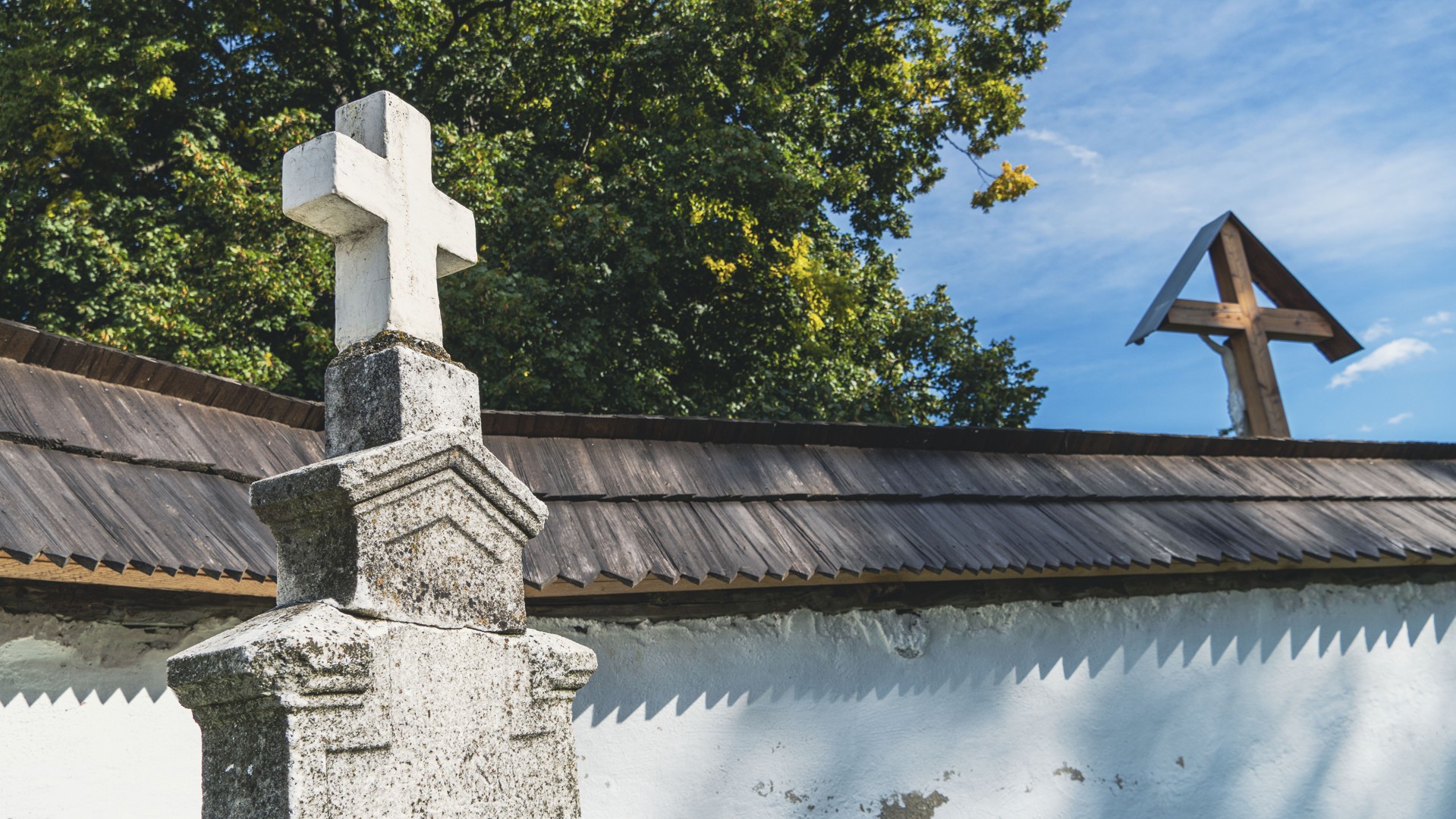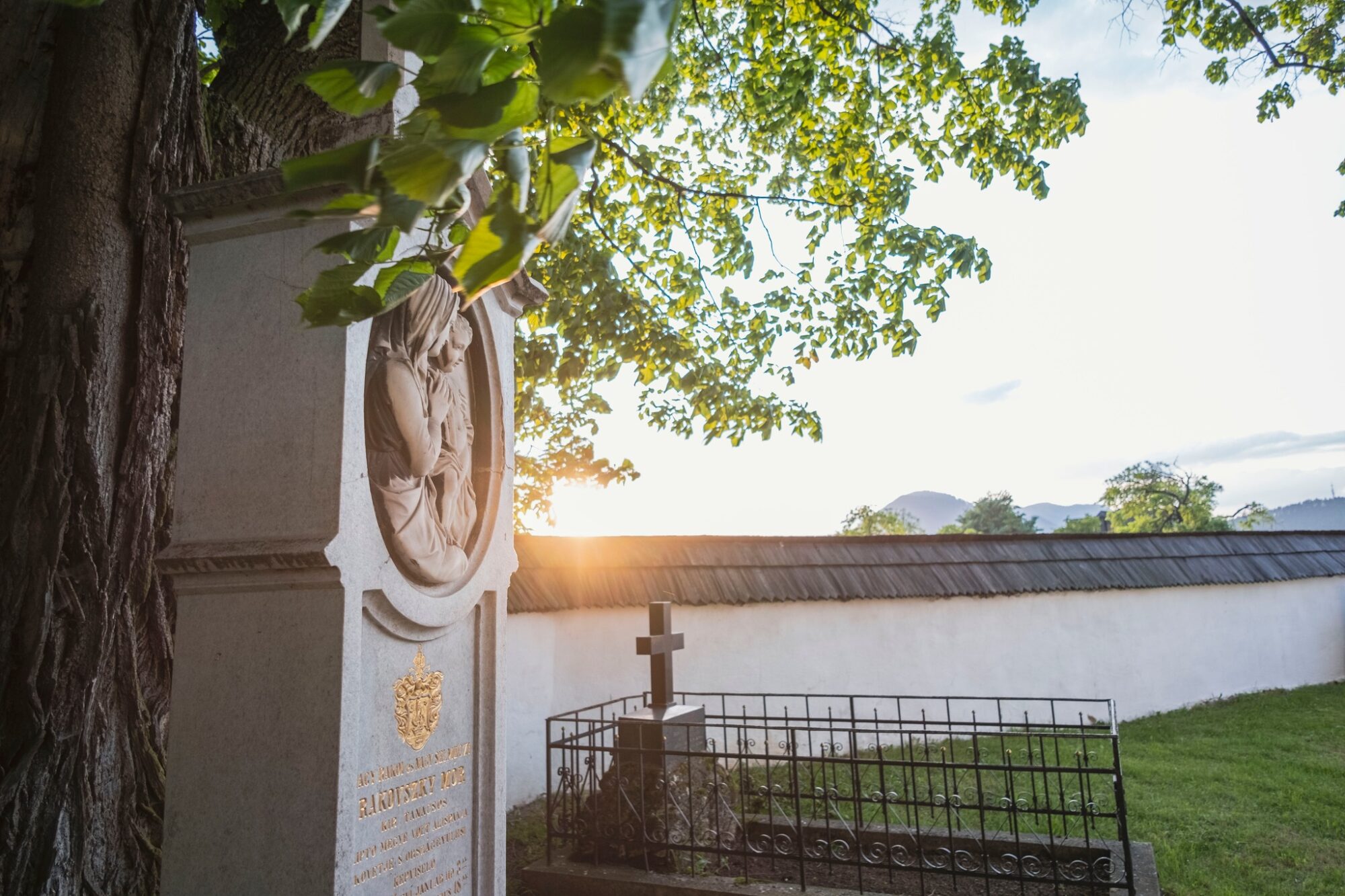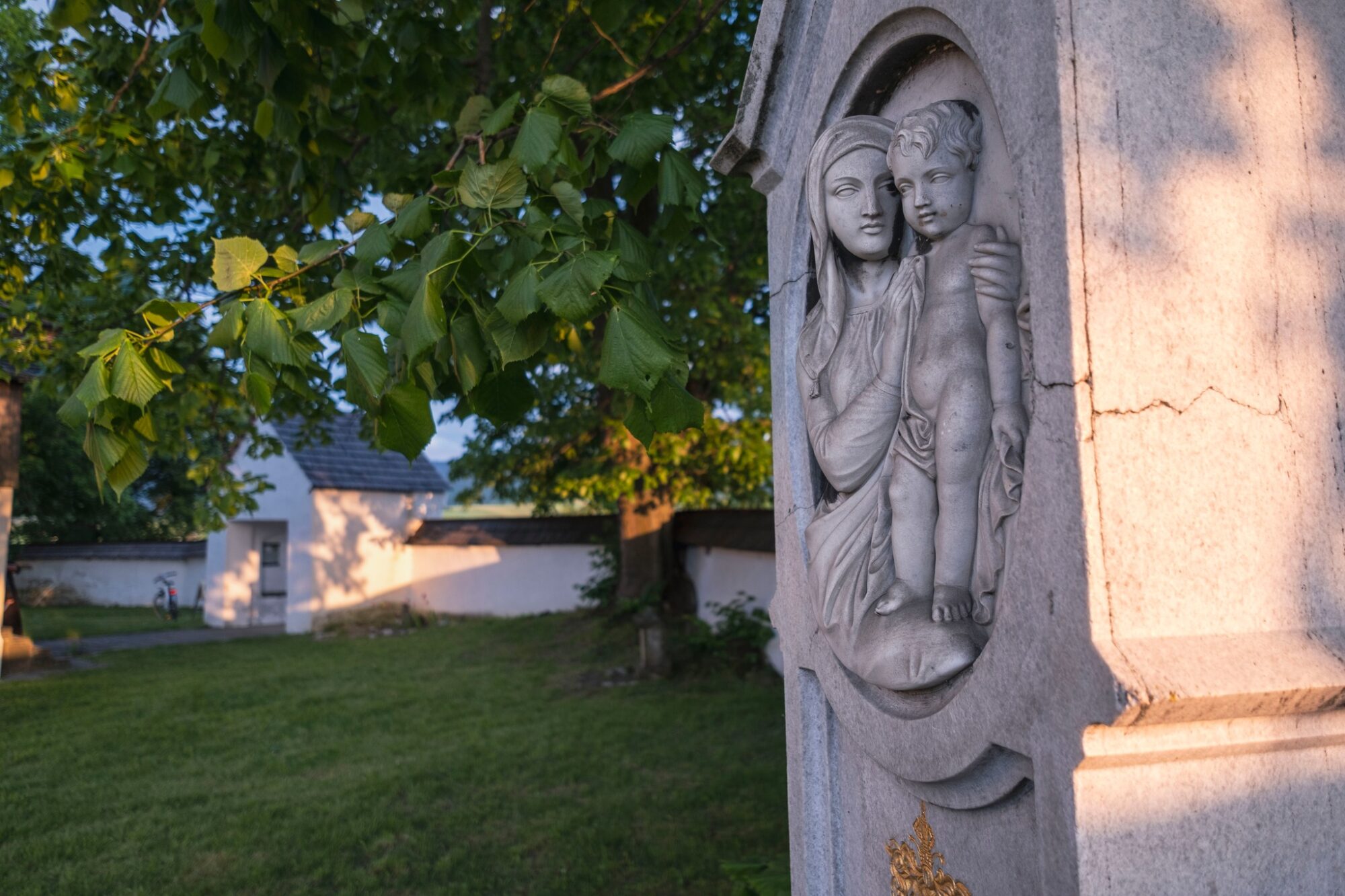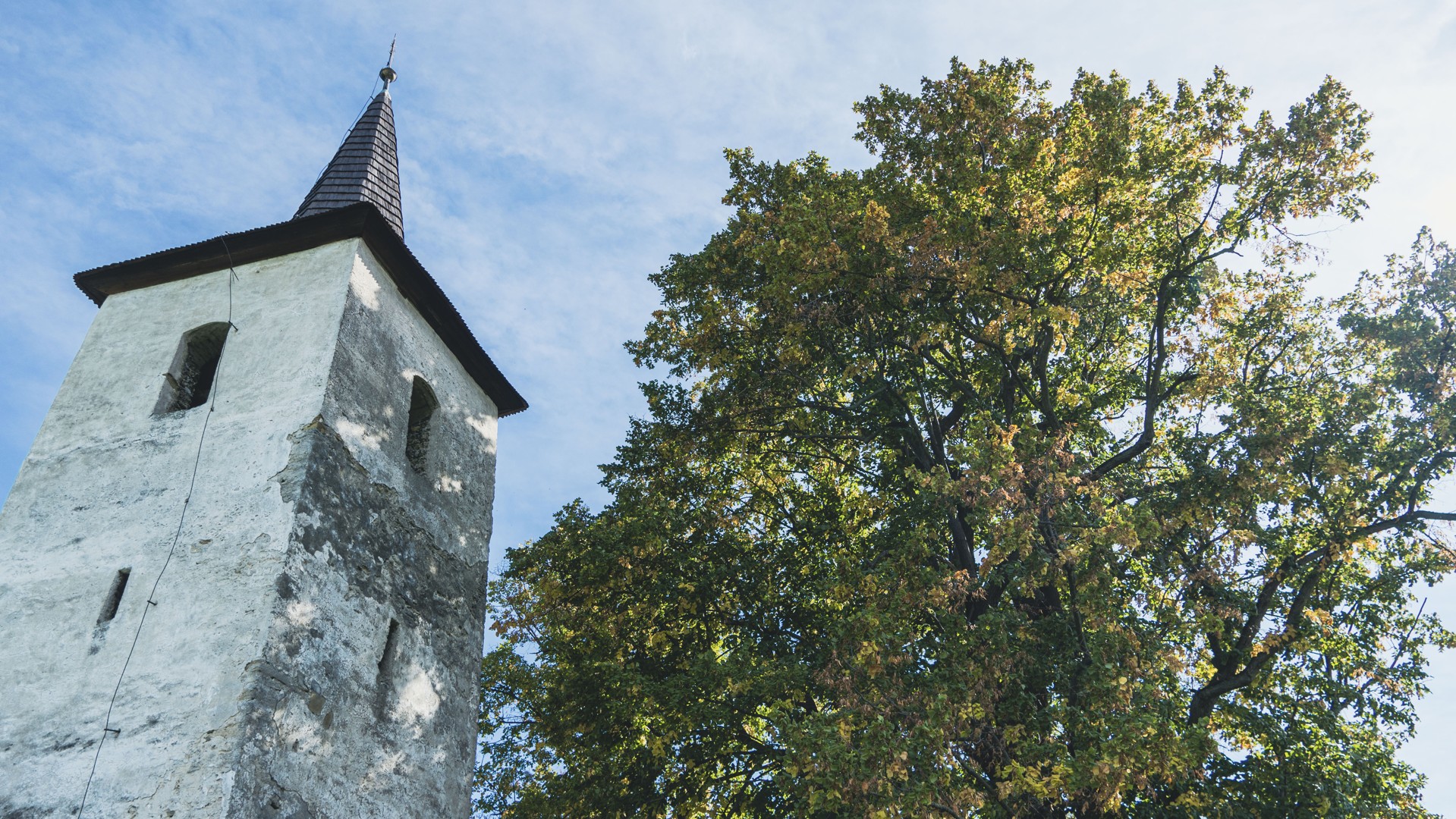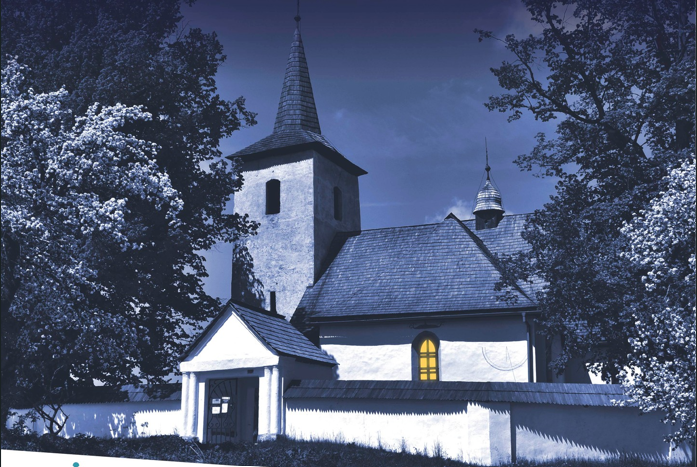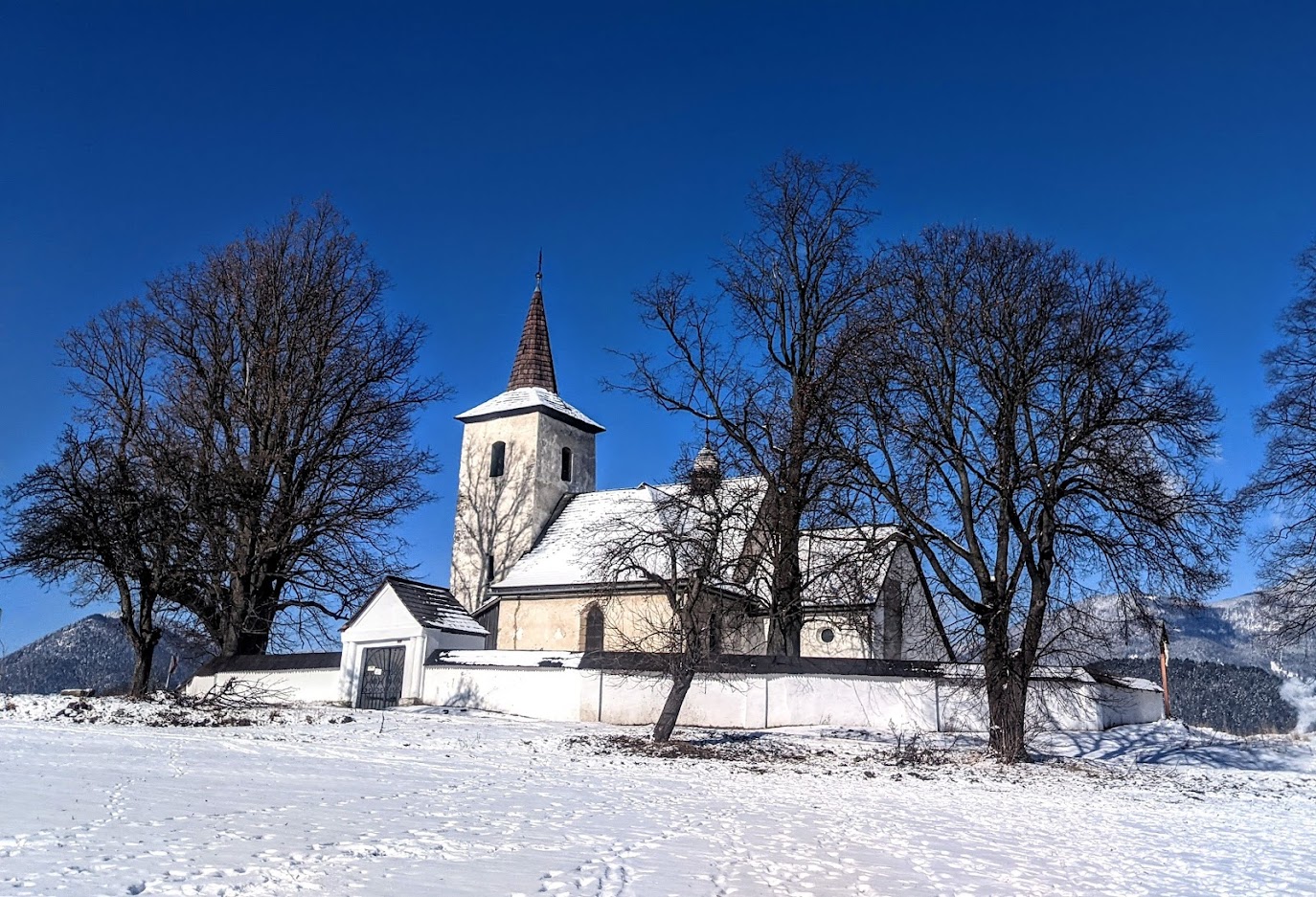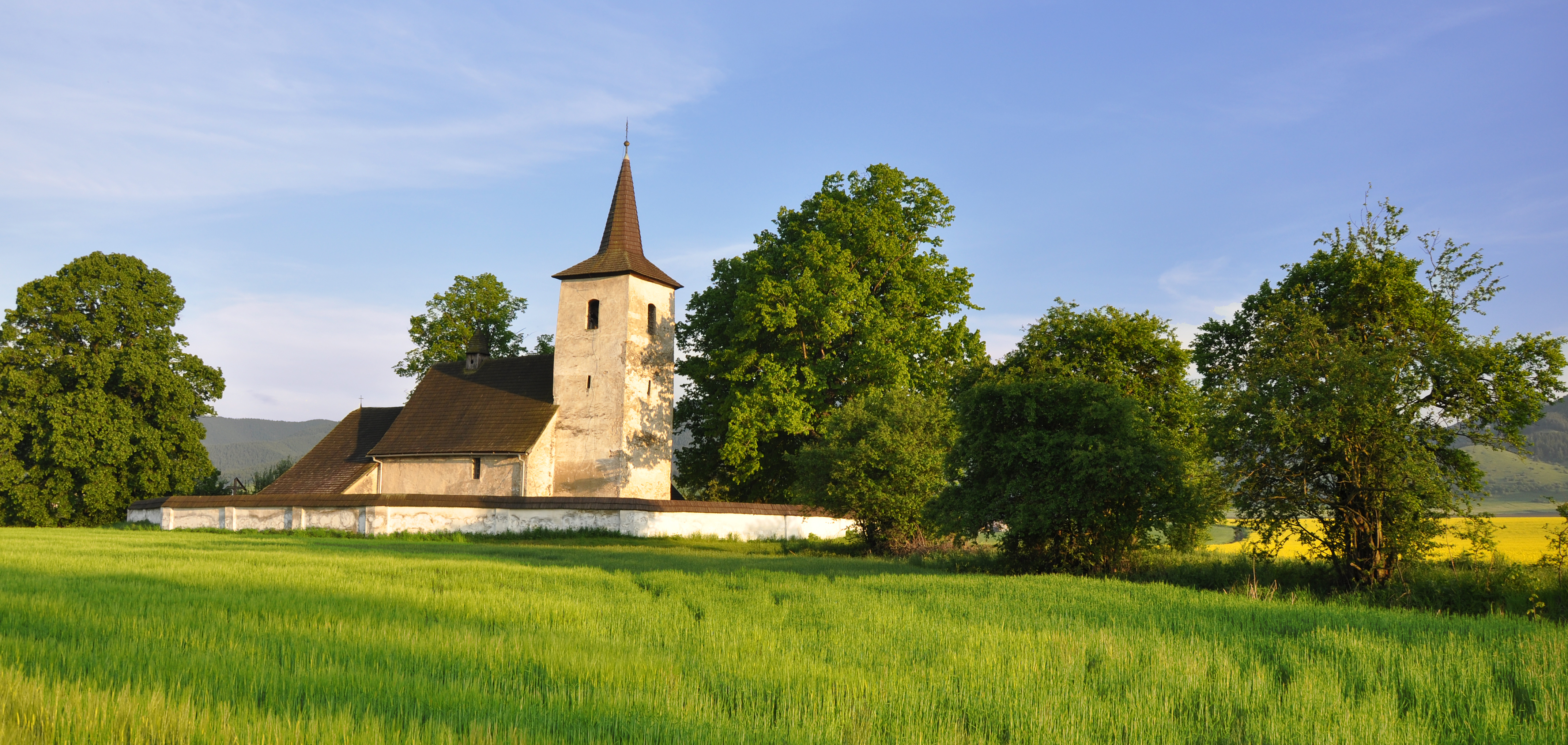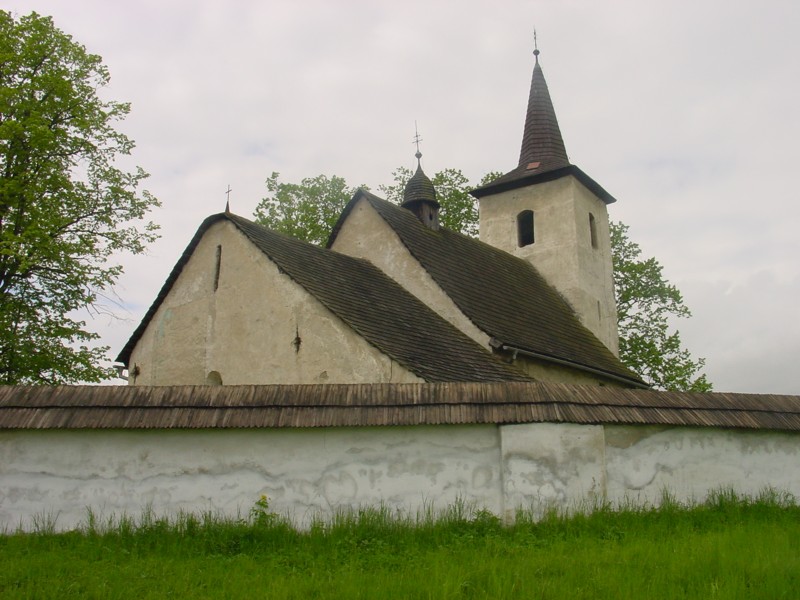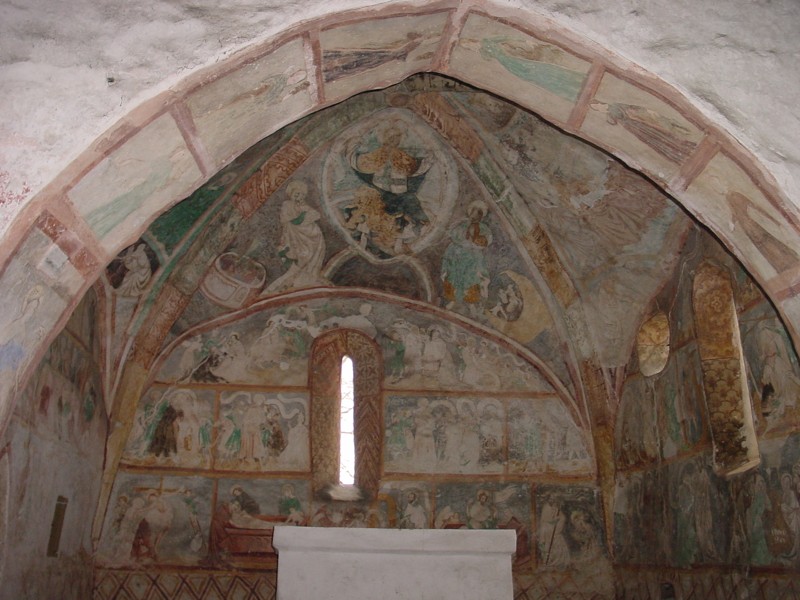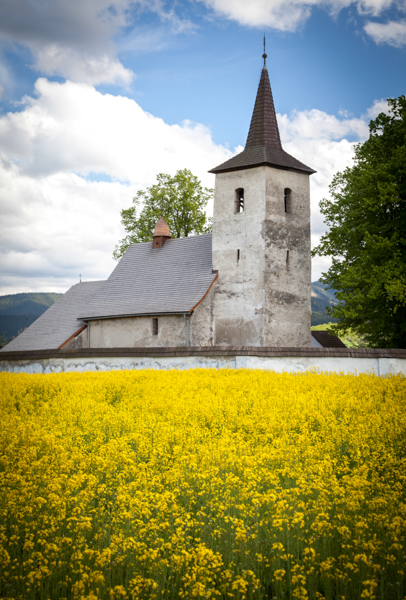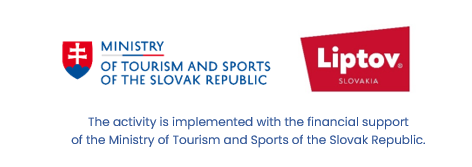Top 6 Liptov museums for families with children
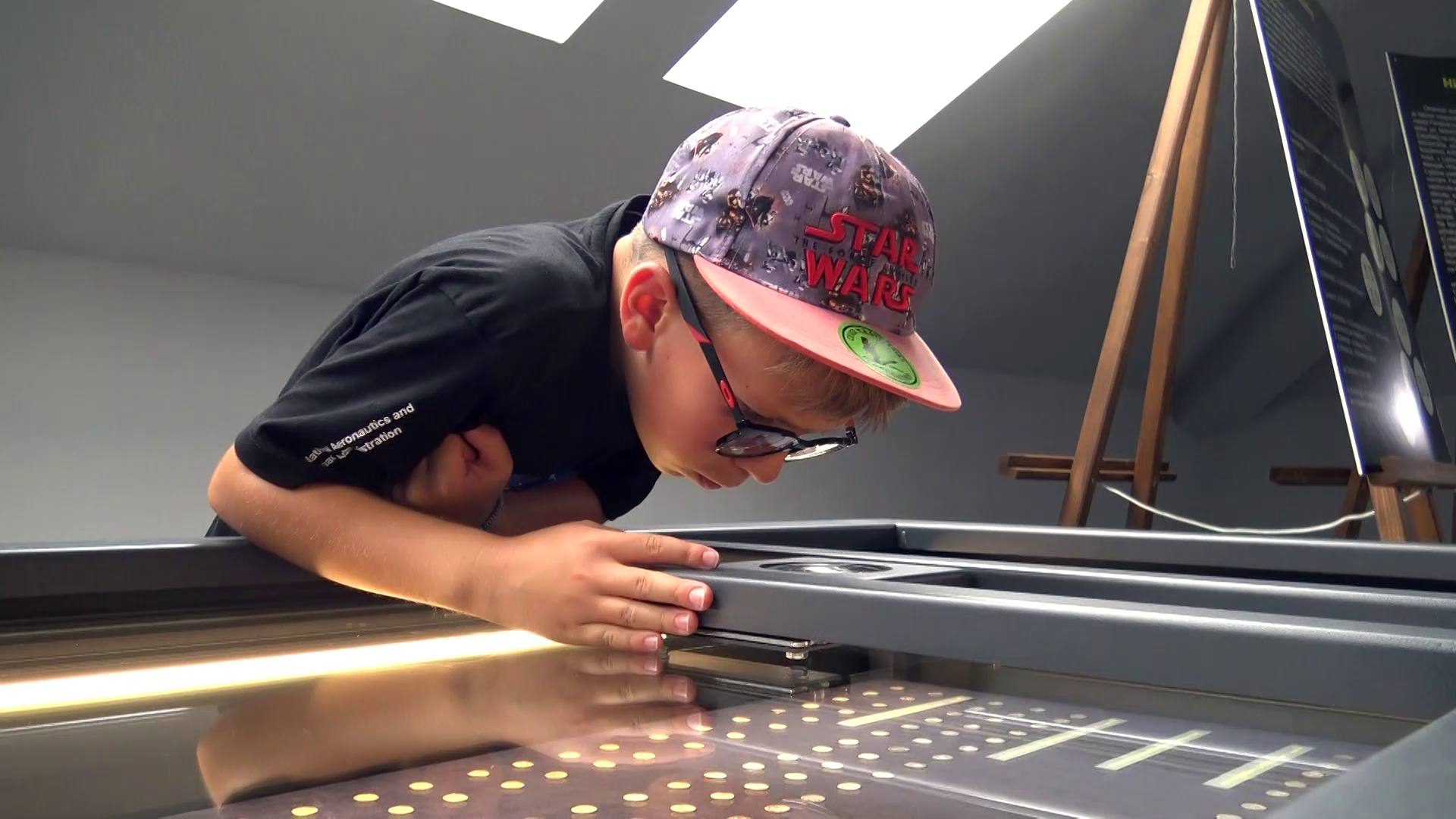
Top 6 Liptov museums for families with children
The Liptov region is the perfect destination for family outings. Every parent wants to offer their children not just fun, but also a chance to learn and explore through play.
1.
This museum is ideal for all inquisitive children interested in nature, caves, and conservation. During the interactive tour, you can peek into a bear’s den, listen to the sounds of nature and wildlife, or try crawling through a cave. Finish your visit at the museum’s observation tower, which offers a panoramic view of . The museum is divided into two exhibitions: Karst and Caves of Slovakia, and Slovakia’s Protected Nature, which presents geological and biological diversity and shows how they are protected.
TIP: Enjoy a bird’s-eye view of Liptovský Mikuláš! The museum’s observation tower offers a unique perspective of the town.
2.
An open-air museum that captivates children with its displays of traditional Liptov buildings and the way of life of their ancestors. They can explore original wooden houses, craft workshops, and old agricultural tools. The museum even features interactive elements: kids can take part in various crafts, like weaving and spinning. Creative workshops are regularly held, and during the summer season, themed days with extensive programmes bring the past to life.
Young explorers will love the unique exhibition of the Považská Forest Railway, which showcases historic rail vehicles and part of the original track. A ride on a vintage train is an unmissable highlight of the visit. Between the village and the railway depot, there’s a rest area connected to a nature trail. Set in beautiful natural surroundings, the museum also has farm animals, such as goats, sheep, and cows – an essential part of traditional village life, past and present.
3.
Situated in the heart of the town, Liptov Museum is divided into multiple sections, ensuring something for everyone. Its permanent exhibitions bring the natural and cultural history of Liptov and the entire region to life in an immersive way. In the natural science section, visitors can discover the region’s flora and fauna.
The new archaeology exhibition, which has been praised by the Slovak Archaeological Society, presents exceptional artefacts from the Liptov region, including rare bronze swords of the distinctive Liptov type. Meanwhile, the guilds and crafts exhibition highlights the finest tools and creations by shoemakers, butchers, tailors, gingerbread makers, and locksmiths. The museum also hosts creative workshops and activities for children.
TIP: Be sure to check out two standout exhibits – the 3D model of a firearm and the talking portrait of Prince John Corvinus.
4.
This attraction gives children a fascinating insight into how a coin is made, from its birth in the mint to its origins deep within the earth. They can experience the transformation of metal through fire and water, descend underground in search of gold-bearing ore, and even take part in a live auction, where a coin starts its journey into the hands of collectors.
TIP: Nearby, you’ll find an and , a natural spring where you can take a dip or sample its beneficial waters.
5.
This fascinating museum presents sheep farming and pastoral culture, offering an insight into traditions that extend beyond the region. Explore wooden shepherds’ huts, practical tools for processing sheep’s milk, and traditional clothing with distinctive accessories worn by shepherds from various parts of Slovakia. The blueprint textile exhibition features traditional folk clothing and home textiles, along with a display of blueprint blocks. The museum is also home to a gallery dedicated to bobbin lace, displaying Liptov’s distinctive lacework, intricate bonnet lace patterns, and lace used in folk dress and interior textiles. There is also a presentation of the Lace Maker’s Trail project.
TIP: After your museum visit, take a walk to the . The walk takes approximately 30 minutes.
6.
In September 2023, the Dúbrava Mining Guild opened the Miners’ Muster Point (Banícka Faleska) in the former office building of the mining depot. The Slovak term faleska refers to a place where miners would meet before descending into the mines. Although the Dúbrava mines are no longer operational, this faleska offers a glimpse into the history of mining, along with various artefacts used in ore extraction.
You can reach the site by car and park in the free car park in front of the old mining buildings. It’s a little over five kilometres from the end of the village. From the faleska, you can continue on foot for about two kilometres along a paved road to the Guardian of the Forest statue.

